 by Tamara Scully
by Tamara Scully
Will and Kelly Smith of Deep Roots Valley Farm in Berks County, PA, recently hosted a Pennsylvania Association for Sustainable Agriculture (PASA) field day, focused on multispecies grazing techniques. With roughly four dozen attendees, the event highlighted the conservation strategies, grazing techniques and direct marketing strategies which have helped to make the farm successful.
While the Smiths are a mere seven years into their operation of the farm, Kelly’s family has farmed this land since 1911. It was most recently a crop farm, growing corn, soy and small grains. But its hilly acreage with shale rock is much more suited to grazing beef.
A focus on matching the farm enterprise with the land’s capabilities and a desire to farm profitably led to the conclusion that grazing animals and direct marketing their meats was the best option to pursue. Today, the farm offers pastured chicken and turkey, eggs from pastured hens, a few pastured pigs and a growing grass-fed beef herd.
Starting from Scratch
“Since our farm is 150 acres of shale hills, we knew that beef was ultimately the direction we wanted to go, but we didn’t have the capital to start big with beef,” Will Smith said, “so we grew the chicken numbers first. We slowly converted cropland to pasture for cattle and chickens.”
Broiler chickens were a low-cost means of beginning the livestock farm, requiring only a homemade moveable chicken pen in which to pasture the broilers and move them to fresh grass each day. With minimal initial investment, the couple began by marketing whole birds to friends, raising – and slaughtering on-farm in a rented mobile slaughter unit – 100 birds the first year. Laying hens were also an initial investment, with 100 hens housed in an egg mobile built from an old farm wagon and recycled tin.
The first year was a learning year, and changes were made so the chickens were more easily moved across pasture. The couple incorporated the numerous “chicken tractor” plans that would work best on their hilly acreage and began expanding the broiler operation, all while keeping an eye on ultimately growing a grass-fed beef herd which could best utilize the acreage.
“Due to the hilly nature of our farm, we can only run chickens on about 40 acres of the farm,” Will explained.
With 250 Cornish Cross broilers processed each week from May through October, they’ve learned that there is some efficiency associated with scaling up. Their efforts in cutting up the chickens for sale of parts rather than exclusively offering whole birds has led to much more demand. They’ve found that by pricing high-demand cuts to have a higher profit margin, the lower demand cuts such as wings or drumsticks can be sold inexpensively and the farm will still make more money overall than if they did not offer cuts. Bulk pricing on whole birds offers incentives to those willing to purchase them.
“Whether you have 100 or 1,000 chickens, your time getting to and from them is the same,” Will said. “Your set up and clean up time for processing is also the same. You can be much more efficient by just getting a little bit bigger.”
Two hundred broad-breasted white turkeys are also raised in the same pastured chicken model as the broiler chickens. The farm now raises 5,000 broilers per season and has 2,000 laying hens. Laying hens are pastured and moved to new ground weekly during the growing season and free range on the farm. In the winter, the mobile shelters are moved closer to the barnyard and pasture netting is used. Windbreaks, in the form of old hay bales, provide added shelter and warmth.
During the first few seasons, the chickens were raised on existing hay fields. The Smiths transitioned the cropland and planted pasture mixes and have not yet had to reseed the pastures.
“You can’t beat the taste of pasture-raised chicken or eggs. Plus, they drop the manure right where we need it on pasture,” Will said.
They do pasture pigs in a limited number, finishing about 10 pigs per year. The pigs don’t fit as easily into the grazing system on the farm as do the chickens and beef. They are fed supplemental non-GMO grains, as are the chicken.
Beefing Up
From the beginning, the goal was to develop a grass-fed and grass-finished beef herd. But the fields lacked access to water as well as the needed fencing.
“We knew that our goal was to convert the farm to all pasture and raise grass-fed beef, but the expense of the fencing and water lines that would need to be installed was a huge obstacle,” Will said. The couple applied for a National Resources Conservation Service (NRCS) cost-share program, known as EQUIP, for assistance.
Sixty head of beef now rotationally graze on 90 acres of pasture, with polywire paddocks that allow them to easily be moved on a daily basis. Some of the farm’s acreage isn’t conducive to the polywire use, however. On those acres, the pastures are larger, the cattle graze longer, and the broiler chickens graze simultaneously in the same fields. Chicken tractors are protected by fencing to prevent the cattle from rubbing on and destroying the structures.
“Obviously the fence and water system were the immediate things holding us back, but through NRCS we also installed three improved walkways in high traffic areas to stop erosion, and a riparian buffer and 500 trees planted along our creek to improve water quality. Those things are important to us, but without the help of the cost share program, and the knowledge and the planning help we received, we wouldn’t have been able to afford those extra conservation efforts,” Will said.
The farm received a 2018 Clean Water Farm Award from the Pennsylvania Association of Conservation Districts for the conservation improvements.
Pastures are planted to perennial pasture mixes. They don’t graze annuals but will sometimes start new pastures with a nurse crop of oats, which are then grazed or baled for feed.
During the breeding season, two herds – one for heifers that aren’t being bred as well as cows being culled, and one for breeding heifers who graze along with the newest farm resident, a Registered British White Park bull – are maintained. They calve April through June.
“We are excited to bring some good grass genetics into our herd,” Will explained. “We have a mixed breed herd. We select breeding stock based on physical attributes rather than breed.” A shorter and wider frame; good milk production, mothering instincts and the ability to breed back every year; calving ease; and maintenance of good body condition on the 100 percent grass diet are some of those traits.
The grass-fed and grass-finished beef is sold frozen via USDA retail cuts year-round, as well as by whole, half and quarter freezer shares in the autumn. Deep Roots Valley Farm sells its meats at area farmers’ markets or at their on-farm store.
“When we started out, we didn’t have any experience whatsoever. We didn’t really have a detailed plan,” Will said. “From there we have grown quite a bit.”
For more information visit www.deeprootsvalley.com.

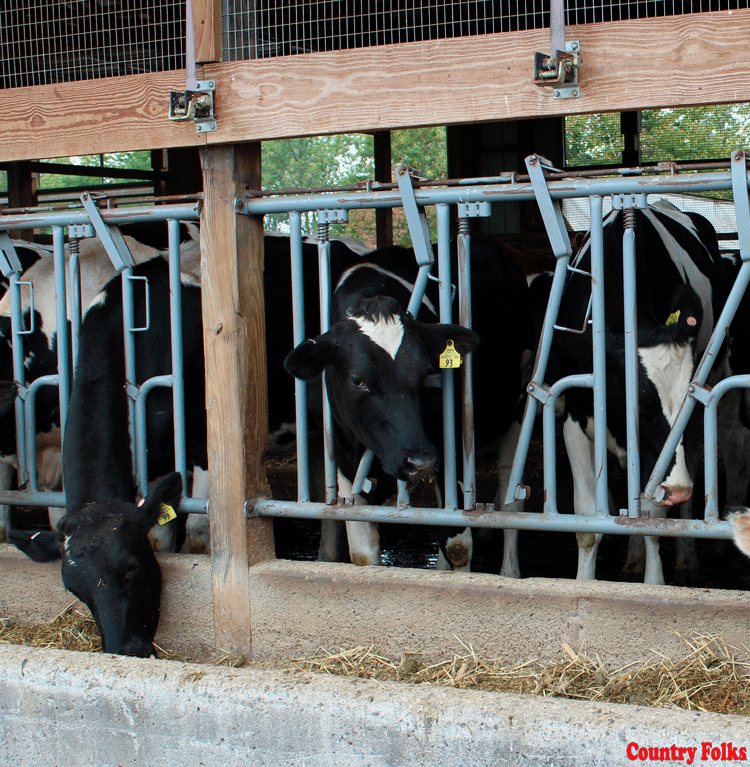
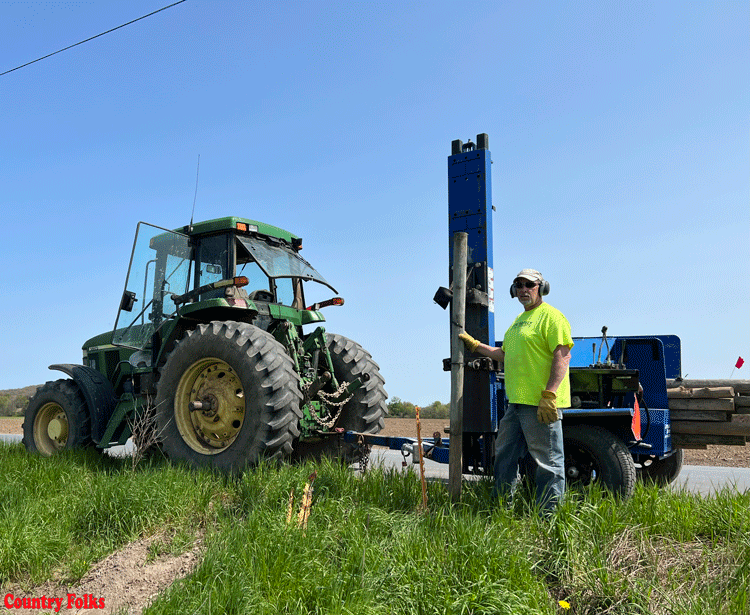
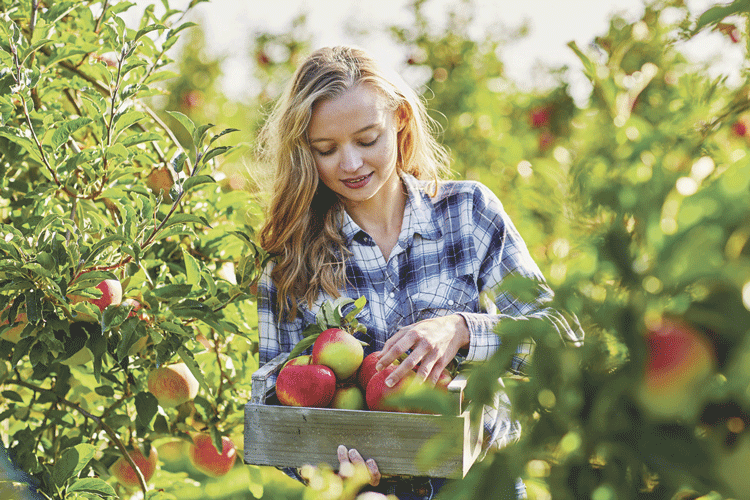
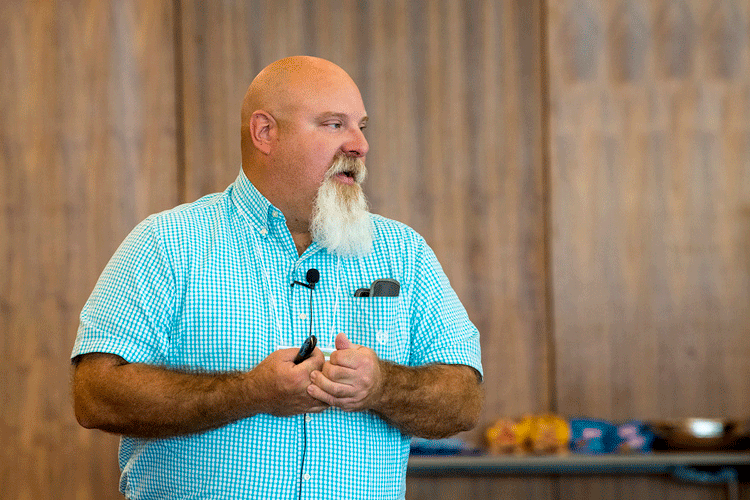
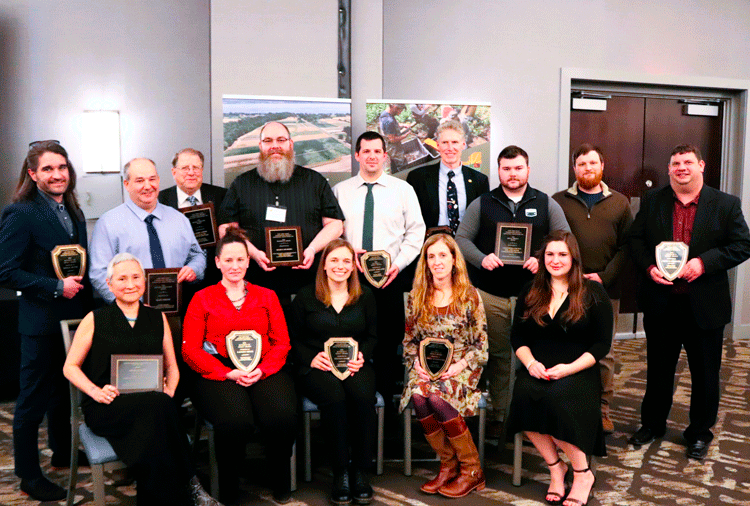



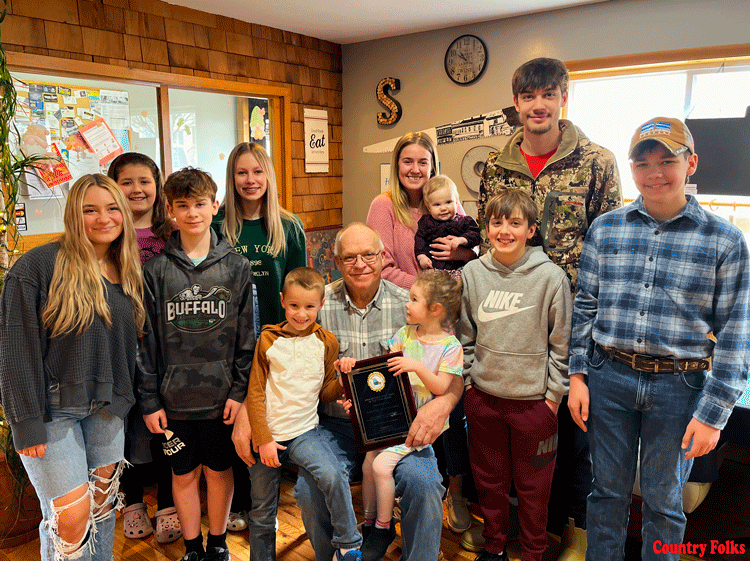


Leave A Comment